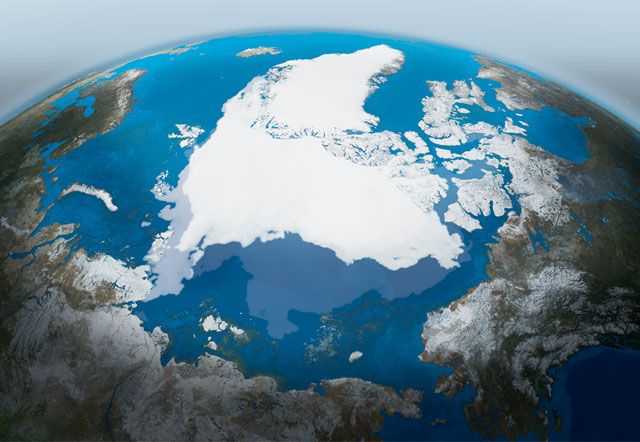London: The UN climate summit gained momentum with dozens of leaders announcing their intention to attend the Copenhagen meeting starting on Monday.
Around 20,000 people marched through central London on Saturday to demand action on climate change, police said, as rallies took place in other cities.
The demonstration organisers called for a tough agreement on reducing emissions. The rally was organised by the group Stop Climate Chaos, a coalition including Oxfam and Greenpeace.
US President Barack Obama and Indian Prime Minister Manmohan Singh will attend the final stages of the talks. Singh's decision to join the talks on December 17 comes soon after the White House announcement that Obama would attend the meeting towards the closing stages.
French President Nicolas Sarkozy and British Prime Minister Gordon Brown lauded the move.
The Press Trust of India said Singh's decision was a result of "insistence by world leaders".
Chinese Premier Wen Jiabao will also attend.
Climate pledges made by key countries
- United States: President Barack Obama has pledged cutting emissions by 17 per cent from 2005 levels by 2020. That represents a 3.5 per cent cut from 1990 levels - the benchmark used by most countries. Aims to reach a 41 per cent reduction by 2030 and 83 per cent by 2050. Requires that Congress passes complex climate legislation.
- European Union: Has already agreed to cut emissions by 20 per cent to 2020, compared with 1990 levels. Willing to increase target to 30 per cent if other developed countries make comparable commitments.
- Japan: Has set goal of cutting greenhouse gas emissions by 25 per cent from 1990 levels by 2020 if other developed countries make similar commitments. Vague about how it will achieve the target.
- Australia: Wants to slash greenhouse emissions by up to 25 per cent below 2000 levels by 2020.
- Russia: Has signaled to EU that it is ready to slash emissions by as much as 25 per cent by 2020 if other developed countries do the same. Previously Russia has said it is willing to cut emissions by 10-15 per cent from 1990 levels.
- Canada: Plans to reduce emissions by 20 per cent compared with 2006 levels by 2020. That is roughly a 3 per cent cut from 1990 levels.
- New Zealand: 10-20 per cent cuts in emissions below 1990 levels by 2020.
- Norway: Offering to cut emissions 30-40 per cent below 1990 levels by 2020.
- China: Has pledged to cut "carbon intensity" - a measure of carbon dioxide emissions per unit of production - by 40-45 per cent by 2020, compared with 2005 levels.
- India: Plans to reduce the ratio of emissions to production by 20-25 per cent compared with 2005 levels by 2020.
- Indonesia: Has said it will reduce emissions 26 per cent by 2020 compared with current trends, and up to 41 per cent if it receives an unspecified amount of financing.
- South Korea: Announced last month it would cut greenhouse emissions 4 per cent below 2005 levels by 2020.
- Brazil: Voluntary emissions cuts of 36-39 per cent by 2020, largely by slowing deforestation in the vast Amazon region.
- Mexico: Has established nonbinding goal of reducing emissions by 50 per cent below 2000 levels by 2050, providing it gets financial and technical assistance.
- South Africa: No targets announced. Said in 2008 it wants its emissions to peak in 2020-2025 and stabilise for a decade before declining.













